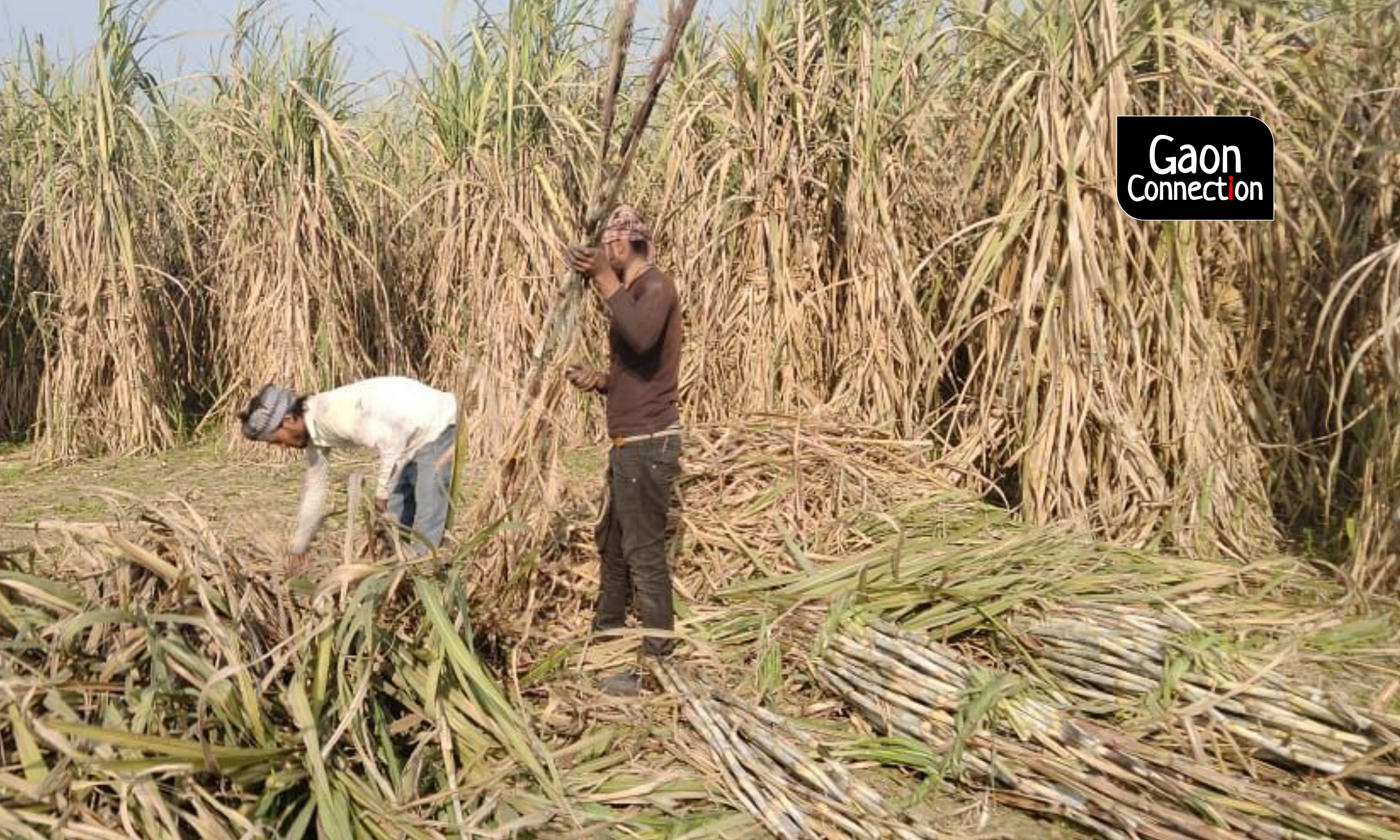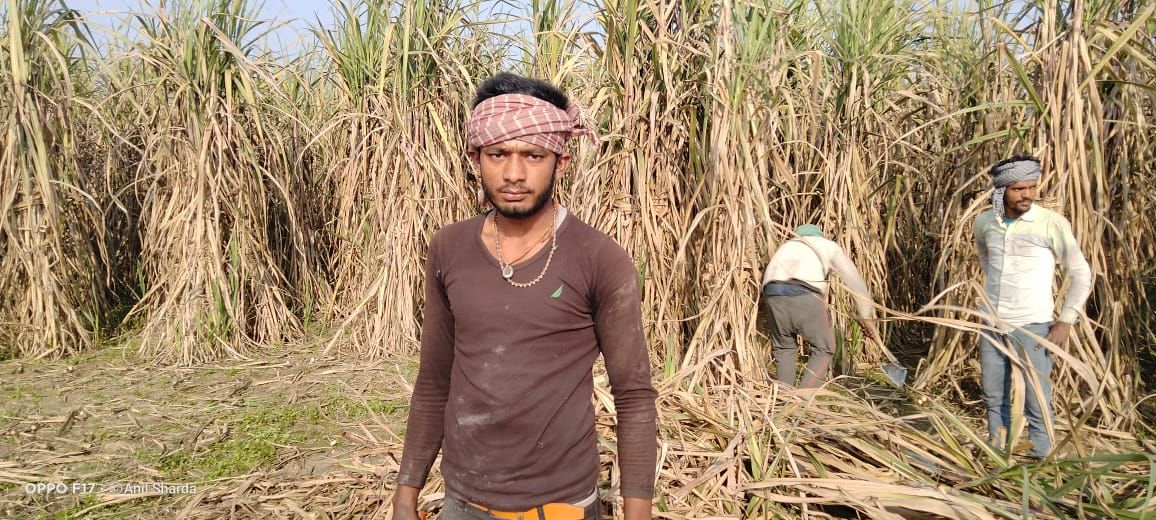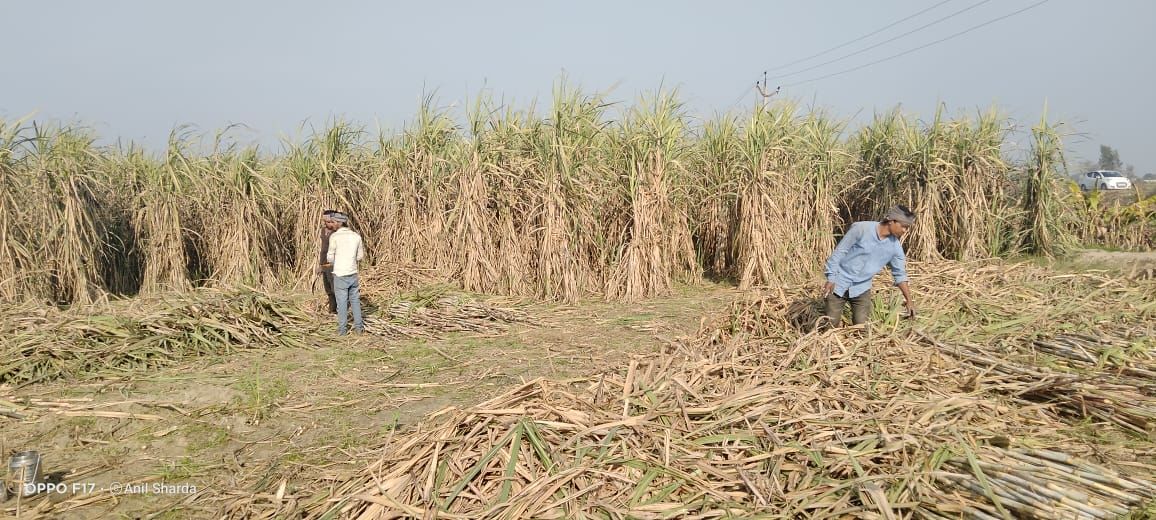What forces landed farmers from Bihar to work as migrant labourers elsewhere?
The annual floods in Bihar and the collapse of the APMC mandi system are two reasons why land-owning farmers in Bihar prefer working as labourers thousands of kilometres away from their families.


Photo: Anil Sharda
The sight of migrant labourers walking thousands of kilometres back home is a visual etched in the nation’s memories of the COVID-19 lockdown. A bulk of these labourers belonged to Bihar. Ramesh Sharma, 44, is one of them. He continues to work in Punjab and Haryana as a farm labourer despite owning about 0.4 hectares of land in his native district of Araria in Bihar.
“There is no employment opportunity in Bihar, which is why we have to flock to other states to work as labourers and support our families,” Sharma, who has been working in the relatively-prosperous states of Punjab and Haryana for the last 34 years as a farm labourer during sowing and harvesting seasons, told Gaon Connection.
Also Read: 93% rural respondents confirmed reverse migration aggravated the unemployment in their villages
Sharma has mostly worked in paddy and sugarcane fields, and is in Haryana’s Karnal now, earning Rs 45 for harvesting a quintal of sugarcane. He manages to cut between 10 and 12 quintals a day — and makes between Rs 450 and Rs 540 a day.

Sharma’s son Pradyuman, 22, works alongside him. He has studied till Class 8 and came to Karnal with his father in June last year. The farmer provides accommodation near the field, and Pradyuman said his father and he shared a 150 square feet room with 15 others.
“The farmers we work for also provide us with firewood to cook food. We live nearly one thousand five hundred kilometres away from our families, but there is no employment back home,” said Pradyuman.
Talking about the government’s role in the migrant crisis, the 22-year-old said: “I don’t have any complaints or expectations from the government. They are doing their work, we are doing ours. No politician can fix our problems. We are remembered only when there’s an election around.”

The Kosi Nav Nirmaan Manch, an organisation that raises issues related to flood displacement in Bihar, is tasked with handling labourers’ migration in the flood plains of the river Kosi in Bihar. Mahendra Yadav, its director, told Gaon Connection that though chief minister Nitish Kumar spoke to migrant labourers who returned to their home state after the lockdown and appealed to them to not go back to other states to find employment, they started returning to Punjab, Haryana, Maharashtra and Gujarat even in June, when lockdown was yet to be lifted.
Land owners as labourers
Yadav said there are two reasons why even those who own land back home go to other states to work: the annual floods in Bihar and the dismantlement of the Agriculture Produce Marketing Committee (APMC) mandi system in the state. The latter resulted in termination of minimum support price (MSP) guarantee for farmers.
Also Read: Why Bihar’s paddy finds welcome in the mandis and rice mills of Telangana

Nitish Kumar did away with the system after he became chief minister in 2006. He reasoned that middlemen would no longer have any role to play, farmers would have direct access to markets and their condition would improve.
The ground reality is starkly different. Farmers allege that due to the collapse of the mandi system, they are bound to sell their produce to private companies at nominal prices. “About eighty per cent of Bihar’s population is dependent on agriculture. After the mandi system was scrapped, the government refused to intervene in the lack of MSP guarantee,” Yadav pointed out.
Bihar is one of the most flood-prone states in the country. According to the National Flood Commission, Bihar has 16.5 per cent of India’s flood prone area, and is home to 22.1 per cent of India’s flood-prone population.
Also Read: Bihar floods: An annual blame game between India and Nepal
“A significant number of agrarian land holdings in Bihar fall in the flood zone. Crops are damaged and whatever is left is half-heartedly sold to the middlemen. The farmer is happy even if just the input cost is recovered. This is why even land owners prefer turning labourers in other states,” Yadav said.

